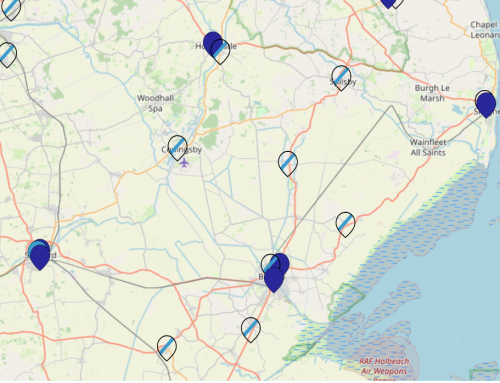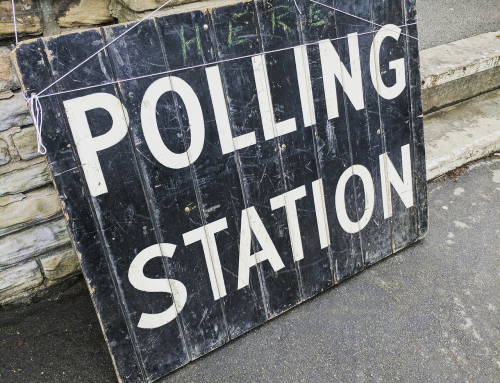 Sixteen grammar schools will receive a share of the £50 million Selective School Expansion fund, the government announced today. This controversial fund was set up after Theresa May’s 2017 general election result meant her plans for the creation of more grammars were hastily dropped. The fund means 4,000 additional grammar school places for which grammars only have to provide provisional plans for admitting more disadvantaged pupils.
Sixteen grammar schools will receive a share of the £50 million Selective School Expansion fund, the government announced today. This controversial fund was set up after Theresa May’s 2017 general election result meant her plans for the creation of more grammars were hastily dropped. The fund means 4,000 additional grammar school places for which grammars only have to provide provisional plans for admitting more disadvantaged pupils.
Dr. Nuala Burgess, Chair of Comprehensive Future, said, “The expansion of selective schools is an evidence-free policy. Current research is unequivocal: there is absolutely no benefit to expanding grammar schools. Most importantly, grammar schools do not raise the attainment of disadvantaged pupils.
“At a time when all school are desperately short of funds, finding £50 million for grammar schools is unfair and unjust. Grammar schools create social and educational segregation with schools in surrounding areas left to educate higher numbers of middle and lower attaining pupils, and a disproportionate number of pupils with special educational needs.”
The Selective School Expansion Fund awards funding to grammar schools with plans to increase places for poorer pupils. However, Comprehensive Future’s own research shows that such policies are often ineffective. Ninety-six grammar schools had priority admission policies for poorer pupils in 2017. Nonetheless, only 574 disadvantaged pupils successfully used these priority policies to access 12,431 available grammar school places.
“The myth that grammar schools boost social mobility is one which is pedaled to the public in order to justify their existence. All the research shows that grammar schools are not engines of social mobility for disadvantaged pupils. The problems start with the 11-plus test itself with alarmingly high pass rates amongst those children who have attended prep schools and/or whose parents can afford tutoring. A pupil educated in a prep school is ten times more likely to claim a grammar school place than a child from a deprived background.
“We should support schools that work for every child instead of giving a boost to the schools that divide their communities and turn the majority of children away, telling them they’re not good enough and labelling them as failures.”
The schools receiving a share of the £50 million Selective School Expansion Fund
| School and area | The proportion of disadvantaged pupils compared to local area | Current disadvantaged pupil policy at admission? |
| Altrincham Grammar School for Boys, Trafford | 4.3% of pupils eligible for free school meals in past six years. The average for Trafford is 19.4%
· |
Yes
|
| Bournemouth School | 6.9% of pupils eligible for free school meals in past six years. The average for Bournemouth is 25.1%
|
Yes
|
| Bournemouth School for girls | 5.6% of pupils eligible for free school meals in past six years. The average for Bournemouth is 25.1%
· |
Yes
|
| Chemsford County High School, Essex | 3.5% of pupils eligible for free school meals in past six years. The average for Essex is 23.5%
· |
Yes
|
| Colchester County High School, Essex | 3.5% of pupils eligible for free school meals in past six years. The average for Essex is 23.5%
· |
Used as tiebreaker
|
| Colyton Grammar School, Devon | 5.3% of pupils eligible for free school meals in past six years. The average for Devon is 22%
· |
Yes |
| John Hampden Grammar School, Buckinghamshire | 4.2% of pupils eligible for free school meals in past six years. The average for Buckinghamshire is 14.2%
· |
Yes |
| Kendrick School, Reading | 2.1% of pupils eligible for free school meals in past six years. The average for Reading is 27.5%
· |
Yes |
| Lawrence Sheriff School, Warwickshire | 4% of pupils eligible for free school meals in past six years. The average for Warwickshire is 19.8%
· |
Yes |
| Queen Mary’s Grammar School, Walsall | 10.7% of pupils eligible for free school meals in past six years. The average for Walsall is 41.8%
· |
Yes |
| Queen Mary’s High School, Walsall | 21.5% of pupils eligible for free school meals in past six years. The average for Walsall is 41.8%
· |
Yes |
| Sir Thomas Rich’s School, Gloucestershire | 4.7% of pupils eligible for free school meals in past six years. The average for Gloucestershire is 19.6%
· |
No |
| Sir William Borlase’s Grammar School, Buckinghamshire | 2.3% of pupils eligible for free school meals in past six years. The average for Buckinghamshire is 14.2%
· |
Yes |
| St Michael’s Catholic Grammar School, Barnet | 6.9% of pupils eligible for free school meals in past six years. The average for Barnet is 29.3%
· |
No |
| Rochester Grammar School, Medway | 8% of pupils eligible for free school meals in past six years. The average for Medway is 26.5%
· |
· No |
| Wolverhampton Girls High School, Wolverhampton | 8% of pupils eligible for free school meals in past six years. The average for Wolverhampton is 41.6%
· |
· Used as tiebreaker
· |
Source: BBC research and Department for Education pupil population data 2016-17





